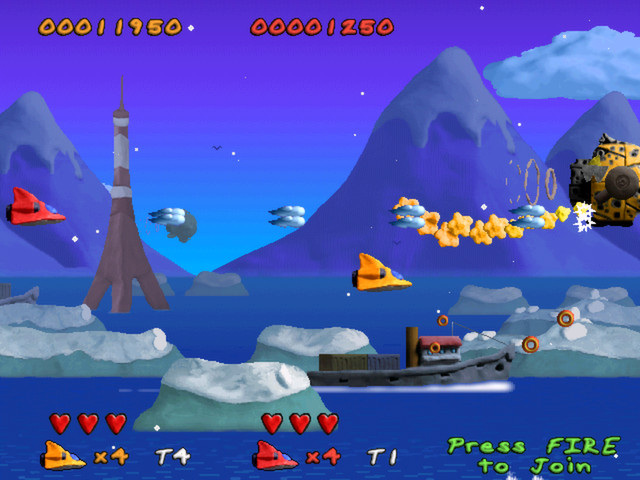
The answer is that evolutionists have no idea! The oldest monotreme fossils show little difference from today’ animals, so there is no fossil record to indicate they have evolved from any other type of creature. What on earth could the echidna and platypus have evolved from? Yet they also resemble reptiles and birds in that they lay eggs, their blood temperature is influenced to some extent by their surroundings (as is reptiles’), and the platypus’ bill is like a duck’s. They are clearly mammals because they have milk glands, hair, a large brain, and a complete diaphragm.


Monotremes are a scientific puzzle if you are an evolutionist. This has led to the classification of the echidna and platypus in a separate scientific category known as the monotremes (which means they have a single opening for the digestive and genitial organs). While it is obvious that the hedgehog-like echidna, also known as the spiny anteater, looks nothing like the water-loving platypus (which has a bill like a duck, a tail like a beaver, webbed feet, and soft velvety fur), the echidna and platypus share one unique feature - they are the only mammals in the world that lay eggs.Īll other mammals known give birth to live young. This gives it excellent protection from almost anyone who doesn’t have a shovel to dig it out. wikimedia commons The echidna (above) and the platypus are the only mammals in the world that lay eggs.Īnd if the echidna (pronounced ik-KID-na) regards you as a danger, it will abandon its meal of ants or termites, roll into a spiky ball, or wedge itself into a crack, or rapidly burrow straight into the soil until only its sharp spines are exposed. If you walk through the Australian countryside and see what looks like a wire brush stuck in an ants’ nest, it may be an echidna having a snack. The echidna enigma … and the platypus puzzle


 0 kommentar(er)
0 kommentar(er)
